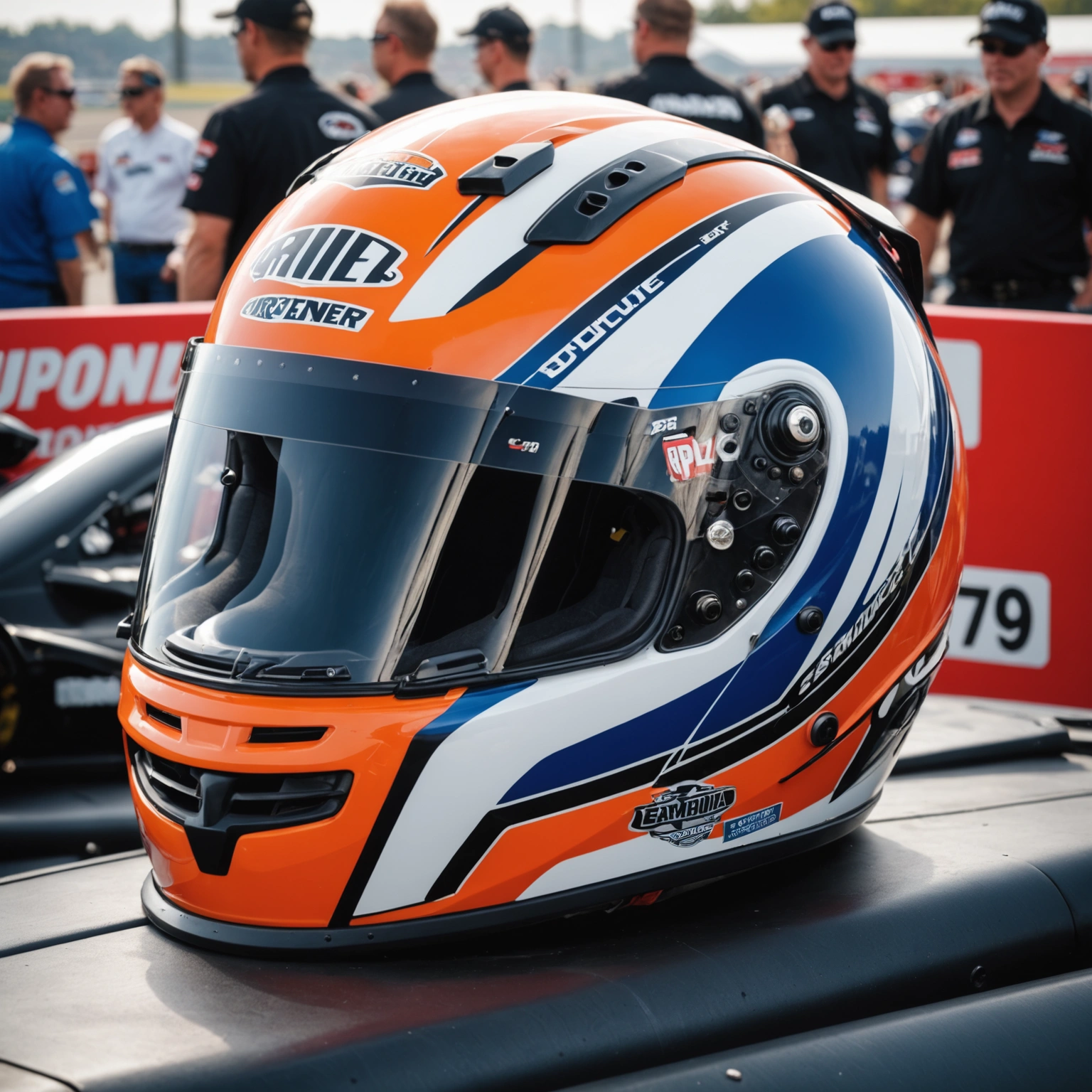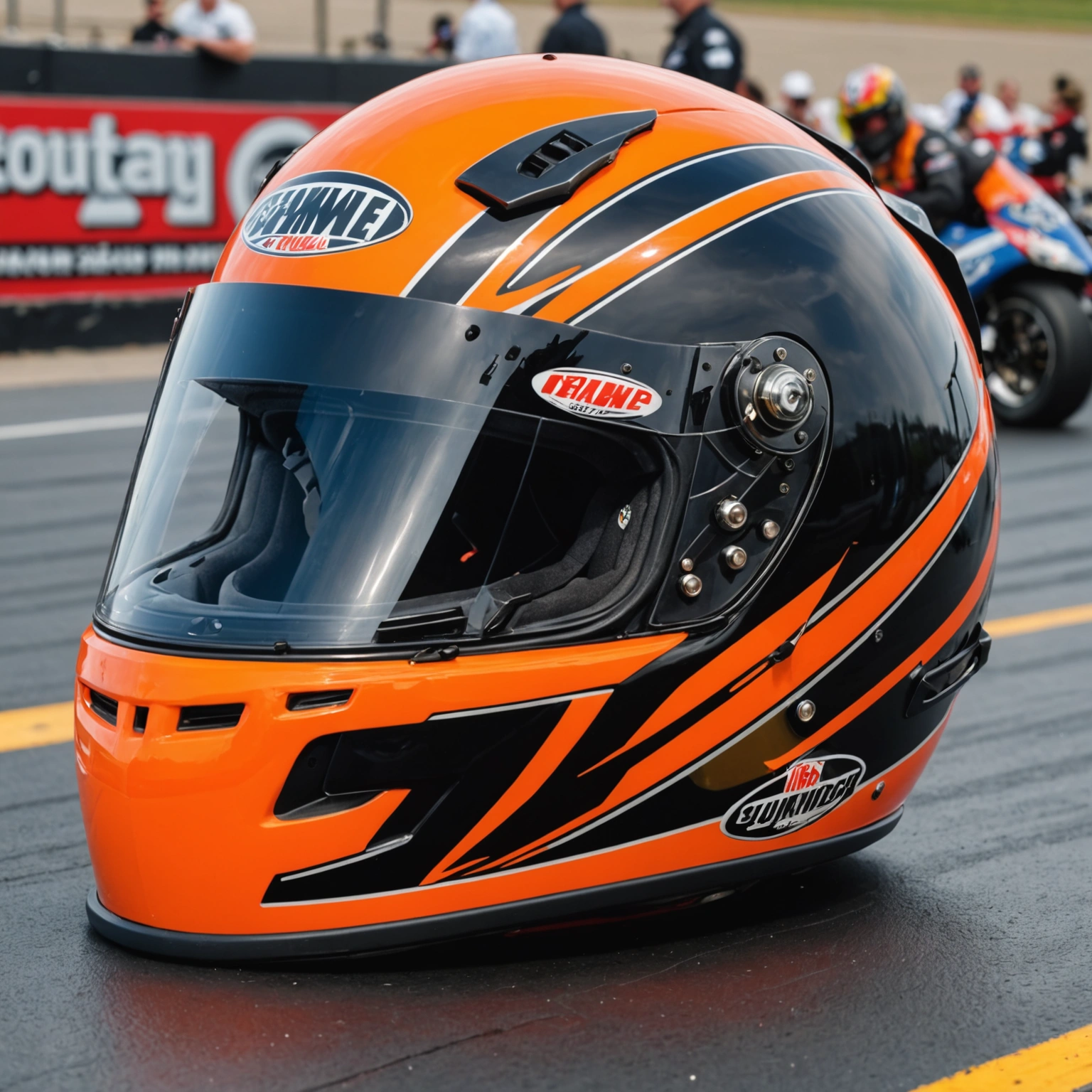**Choosing the Right Helmet for Drag Racing: A Comprehensive Guide**
When it comes to drag racing, safety should always be your top priority. One of the most critical safety components is your helmet. A proper helmet not only protects your head in the event of an accident but also ensures compliance with racing regulations. But with so many options available, how do you choose the right helmet for drag racing? Let’s break down the key factors to consider.

### 1. **Certification Standards**
The first thing to look for is helmet certification. Different racing organizations have specific standards, and selecting a helmet that meets or exceeds these ensures your safety gear is up to par.

– **Snell Certification:** The Snell Memorial Foundation sets widely recognized safety standards for motor racing helmets. Look for helmets labeled **Snell SA2015 or SA2020** (the latest as of 2023). The “SA” (Special Application) designation indicates suitability for auto racing.
– **FIA Certification:** Some organizations also require FIA 8859-2015 or 8860-2018 approval, especially for international events.

### 2. **Helmet Type**
For drag racing, the most common helmet types include:

– **Full-Face Helmets:** Offer maximum protection for the entire head and face, including chin and jaw. Highly recommended for drag racing due to high speeds.
– **Open-Face Helmets:** Less common in drag racing because they provide less face protection, but may be used in some lower-tier or casual events.
### 3. **Material and Shell Construction**
– **Fiberglass and Composite:** Most racing helmets are made from fiberglass, carbon fiber, or composite materials. These materials are lightweight yet strong, offering excellent impact absorption.
– **Weight:** A lighter helmet reduces fatigue during long runs. Look for helmets that balance weight and safety.
### 4. **Shell Size and Fit**
Proper fit is crucial for maximum protection and comfort. Helmets come in various shell sizes—select one that snugly fits your head without being too tight or loose. Measure your head circumference and try on different models if possible.
### 5. **Visor and Shield**
– **Clear Visors:** Standard for drag racing to maximize visibility.
– **Tinted or Smoke Shields:** Can reduce glare and improve visibility in bright conditions.
– Ensure the visor offers a wide field of view and is made of impact-resistant material.
### 6. **Ventilation and Comfort**
Drag racing involves short bursts of high-intensity effort. Adequate ventilation helps keep you cool and comfortable. Look for helmets with adjustable vents and padding.
### 7. **Additional Features**
– **HANS Device Compatibility:** Many racers use a Head and Neck Support device. Ensure your helmet is compatible with HANS or similar devices.
– **Moisture Wicking Liners:** Help keep sweat away and improve comfort.
– **Quick-Release Chin Straps:** For ease of removal and added safety.
### 8. **Price Range**
Prices vary based on materials, features, and certifications:
– **Entry-Level:** $200 – $400 (suitable for casual or beginner racers)
– **Mid-Range:** $400 – $800 (professional-grade features)
– **High-End:** Over $800 (advanced materials and customization)
### **Final Tips**
– Always buy from reputable dealers or directly from manufacturers.
– Try on helmets with your racing gear to ensure compatibility.
– Replace your helmet every 5-7 years or after a significant impact, even if no visible damage is present.
—
**In Summary:**
For drag racing, a Snell SA2015 or SA2020-certified full-face helmet made of lightweight composite materials provides optimal protection. Ensure it fits properly, is comfortable, and compatible with safety accessories like HANS devices. Investing in the right helmet not only keeps you safe but also helps you perform at your best on race day.
Stay safe and race smart!

